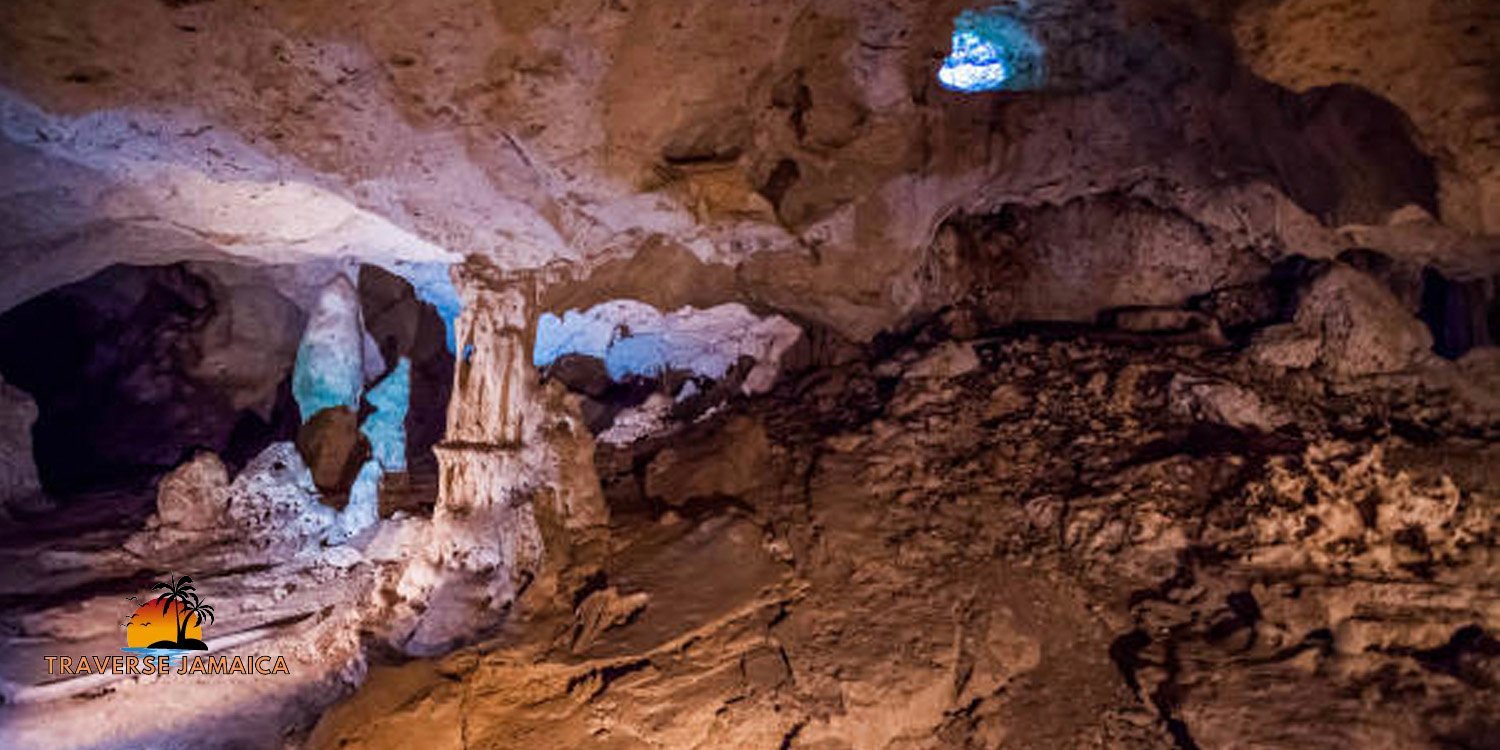Jamaica’s caves hold deep historical, cultural, and ecological significance, tracing back to the island’s earliest inhabitants, the Taino people. These indigenous communities used caves as shelters, religious sites, and places of burial, leaving behind artifacts and petroglyphs that provide a glimpse into their lives and beliefs. As Jamaica’s history unfolded, the caves served as sanctuaries for runaway enslaved people and hideouts for smugglers during colonial times. This dual role—both as sacred spaces and refuges—has cemented the caves’ place in Jamaican folklore.
Many of Jamaica’s caves are located in limestone areas along the northern and central regions, shaped over millennia by natural forces, creating unique formations like stalactites, stalagmites, and underground rivers. These natural marvels attract explorers, historians, and tourists, offering a fascinating mix of adventure and history. Some of the most notable caves, like the Green Grotto Caves, have been preserved for tourism, providing guided tours that educate visitors on the caves’ geological and cultural relevance. Today, Jamaica’s caves remain a testament to the island’s natural beauty and rich history, offering a unique journey into its geological past and cultural heritage.
Here’s a comprehensive list of some of the most notable caves in Jamaica, each with a brief description suited for visitors:
1. Green Grotto Caves
Located in Runaway Bay, these caves are known for their rich history as a refuge for indigenous people and a hiding place for smugglers. Visitors can enjoy stunning rock formations and underground lakes.
2. Windsor Caves
Near Trelawny, Windsor Caves are popular among spelunkers. These caves feature dark passages and house many bat species, offering a more adventurous experience for explorers.
3. Roaring River Cave
Situated in Westmoreland, Roaring River Cave has impressive stalactites and a mineral spring. Visitors can take guided tours to explore the natural beauty and the surrounding river.
4. Canoe Valley Cave
This cave, located in Manchester, is a significant archaeological site with prehistoric petroglyphs. Visitors can learn about the history of the island’s indigenous people while admiring unique cave formations.
5. Two Sisters Cave
In Hellshire, St. Catherine, Two Sisters Cave consists of two adjoining limestone caves filled with crystal-clear pools. It has historical significance and is a popular swimming spot.
6. Mountain River Cave
Found in St. Catherine, this cave features ancient Taino petroglyphs on the walls. Guided tours allow visitors to explore Jamaica’s indigenous history in a serene forested setting.
7. Runaway Bay Caves
These caves, situated in the Runaway Bay area, are part of a limestone system with interconnected caves and underwater passages. They are popular for their geological formations and history.
8. Jackson’s Bay Cave
In Clarendon, Jackson’s Bay Cave is the largest cave system in Jamaica, extending over several miles. With numerous chambers, it’s an exciting spot for experienced cave explorers.
9. Coffee River Cave
Located in Manchester, this extensive limestone cave features a river that flows through it, creating breathtaking underground views. It’s best suited for adventurous visitors.
10. Good Hope Cave
Near Trelawny, Good Hope Cave is part of a historic estate and offers tours showcasing its unique rock formations, as well as the historical relevance of the Good Hope property.
These caves vary in accessibility and depth of exploration, offering visitors a mix of adventure, historical insight, and natural beauty across Jamaica.









